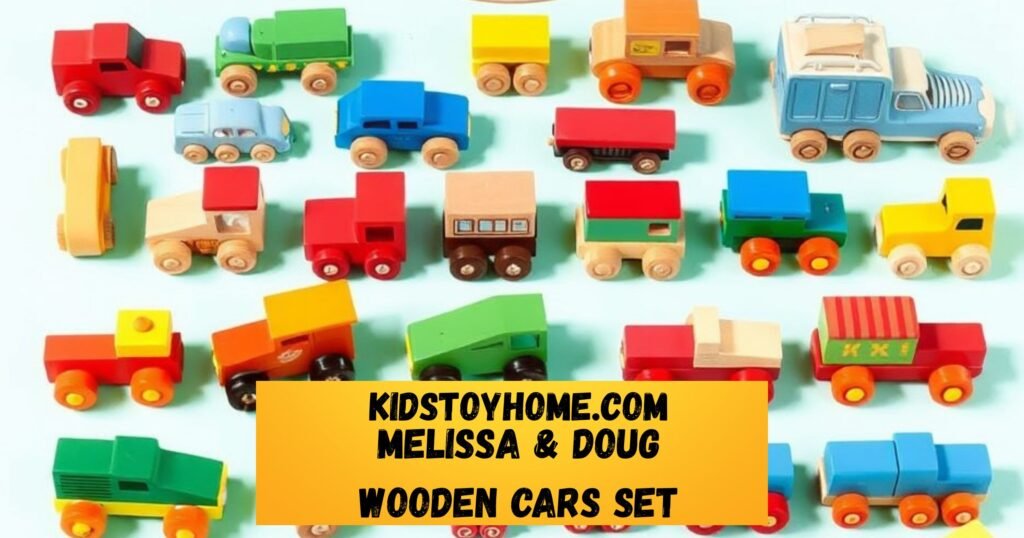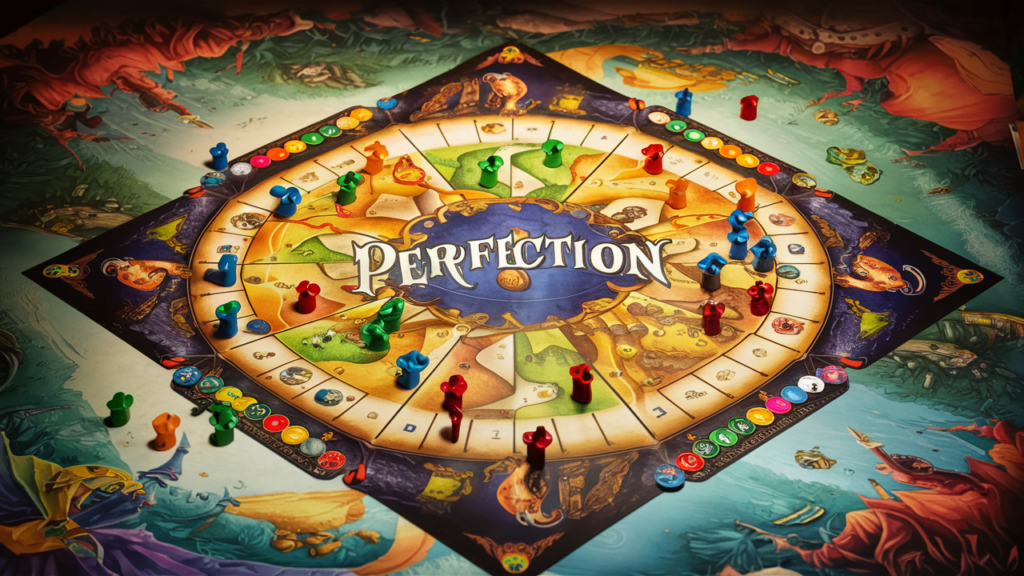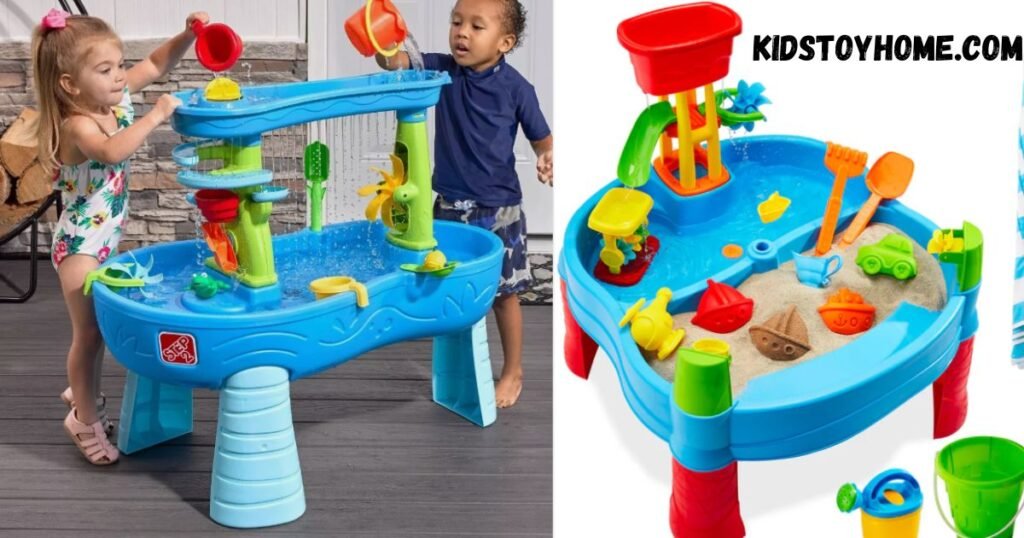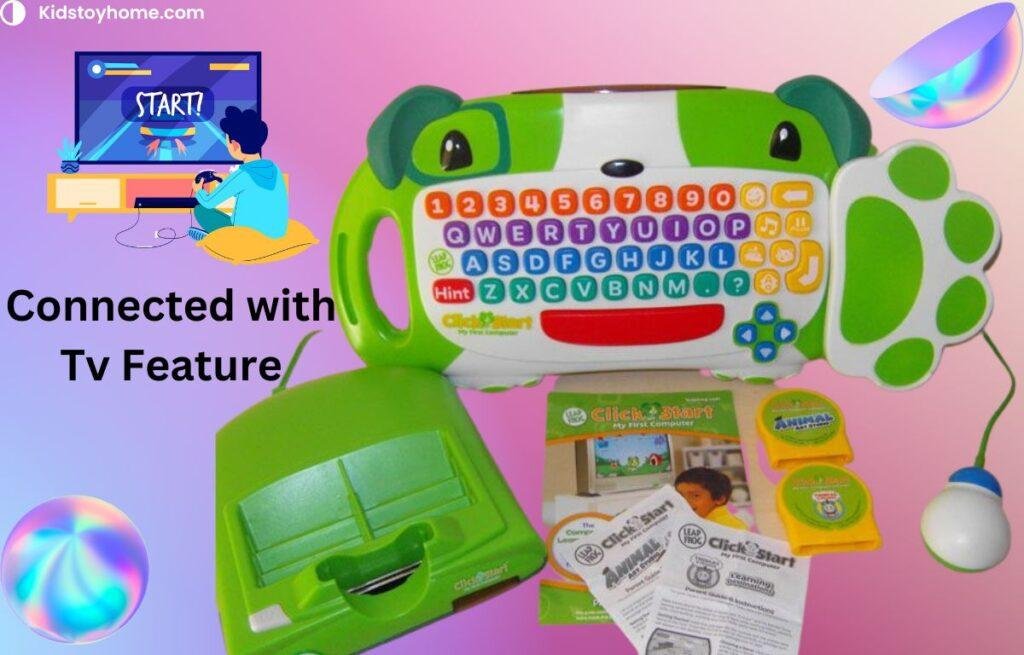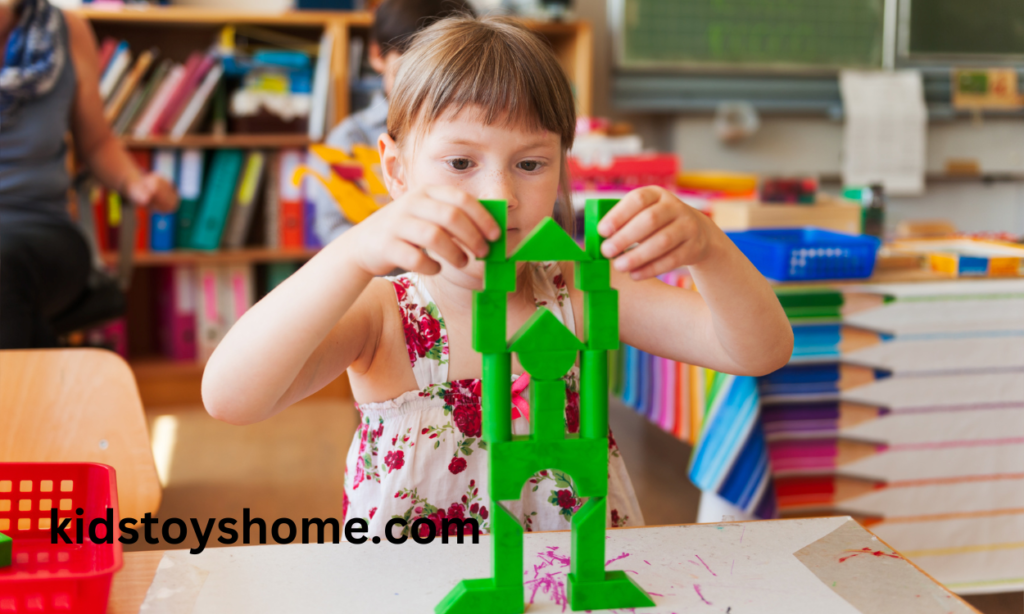When Autumn Fever kicks in, and September rolls around, it feels funny that it’s called a fall month when summer still lingers. I’ve always noticed how weather stays hot, sometimes reaching 90-degree days, even as the school year begins. It’s like time forgets to check the calendar, and before you know it, kids are back with freshly-sharpened pencils, ready to start learning again. Around my neighborhood, some schools don’t open until later, which adds to the confusing vibe of when seasons really change. I remember wondering as a kid why winter begins so late in December, on the 22nd! That mix-up in timing made back to school fun facts feel more like summer camp than a classroom.
Still, once that Labor Day weekend wraps up, it’s a signal: the unofficial end of summer. Roughly 78 million kids head back to class, leaving behind their beach buckets and lazy summer days. Every year, it’s a mix of excitement and nerves. I always liked learning back to school trivia during the first week—it helped me settle in and made school more fun. These little facts felt like a secret handshake for the curious. Whether you’re a student just starting your journey or a returning expert, back to school facts come with their own special kind of magic. Sharing these fun fact about school with friends always gave the lesson an extra boost of fun.
The History of School
Did you know Thomas Jefferson was one of the first to support free public education for all students? Still, it wasn’t until 1840 that public schools in the United States opened their doors to every child, not just the wealthy. Before that, only rich families could attend school, while others stayed home. I often think how different life would’ve been if I hadn’t had the chance to go to school—so many kids back then didn’t get that chance.
Famous Names and the First Public School
It’s pretty cool that people like Benjamin Franklin, John Hancock, Robert Treat Paine, Samuel Adams, and William Hopper all studied at the Boston’s Latin School, the country’s oldest public school, which first opened on April 23, 1635. As a teacher, I love sharing that with my students—it shows how education connects us across generations.
Why High School Started in the 1930s
In fact, teenagers didn’t even go to high school until the 1930s! It started during the Great Depression, when there were too few jobs and the government wanted adults with families to get hired. So they kept teens in school and out of the workforce. It’s a fun bit of history I like to share during back-to-school week, along with recommending some of the best online courses that continue that learning journey today.
A History Lesson
Boston Latin: America’s First School
The oldest public school in the United States, Boston’s Latin School, was founded in 1635. Some of its most famous alumni include Benjamin Franklin, John Hancock, and Samuel Adams—names we hear every day in our history books. As someone passionate about early American education, I love diving into the roots of our system and showing students where it all began.
Free Education for All
For centuries, only the wealthy could afford an elementary education. This shifted in the 1840s when education reformers fought to use tax funding for schools, hoping that making school free would increase attendance, create better citizens, and even reduce crime. That connection between education and community still drives many of our programs today.
High School: A Product of Economic Need
Before the 1930s, most Americans only finished eight years of school. When the Great Depression hit, and there was little work, communities started pushing high school education to keep teenagers out of the workforce. Even when I was in school, my grandparents told stories of how different things were.
School Schedules Based on Farming and City Life
Back then, where you lived shaped your school schedule. In rural areas, classes happened from December to March and May to August, so kids could help plant in the spring and harvest in the fall. In urban areas, schools closed in summer because crowded classrooms spread disease more easily. It’s wild to imagine how much our current system has changed from those days.
Teachers
What Makes Teaching So Important
Teaching is one of the most important jobs in the world because teachers help shape the future. They guide children to learn how to read, write, add, and subtract—laying the foundation for a lifetime of success. I’ve seen firsthand how one dedicated teacher can change a child’s life forever, not just with academics but with confidence and care.
The Path to Becoming a Teacher
There are about 3.7 million teachers in the United States today. To become one, they attend college for four years, earn a bachelor’s degree, and get a teaching certificate. In many regions, teachers also go to graduate school for two years to complete a master’s degree. Some even continue another two years to earn a doctorate. As someone who’s been through that journey, I can say it’s both demanding and deeply rewarding.
The Truth About a Teacher’s Schedule
Many people think teachers only work 6 hours a day, but that’s far from true. Most teachers actually put in 10-hour days. They manage everything in the classroom, then go home to contact parents, create lesson plans, grade papers, and even purchase supplies for their students. I’ve often found best online courses to be a helpful way to keep learning and stay organized through it all.
School Bus
Why School Buses Are So Easy to Spot
In the U.S, there are about 480,000 school buses that bring children back and forth to school each day. Ever wonder why they’re yellow? It’s because yellow grabs more attention than any other color—it helps the bus stand out so other drivers see it right away. I remember being taught that even from far away, the yellow glow meant school was in session!
A Moving Safety Zone
When a school bus stops, a red stop sign flips out to tell cars to stop and wait while children cross the street safely. It’s something we still remind young students about every year. That red stop sign isn’t just a rule,it’s a lifesaver, and every second of attention matters.
The Role of the Bus Driver
On the bus, children are expected to stay seated and not distract the bus driver. The driver has a truly important job—they keep the kids safe while transporting them to and from school. I’ve always had a deep respect for our local drivers, and I often recommend best online courses to new drivers for training and awareness.
Crayons
A Colorful Journey Through Time
Crayola began making crayons in 1903, starting with just 8 colors: blue, black, brown, green, orange, red, violet, and yellow. Today, they offer over 120 colors, adding variety and imagination to every child’s artwork. One of my favorite memories as a kid was opening a fresh box and seeing that rainbow of possibilities!
Colors That Represent Everyone
In 1962, Crayola made a powerful change by renaming the color flesh to peach, recognizing that skin tone comes in various colors. That small shift taught a big lesson in inclusion, and I’ve often used it as an example when teaching kids how the world grows and learns with time.
A Crayon’s Life in a Child’s Hand
By the time a child turns ten years old, they’ve usually worn down about 730 crayons! That fact always makes students laugh during class—and reminds me how much creativity is packed into those colorful sticks.
Pencils
A Word with a Tiny Meaning
The word pencil may have come from the Latin word penicilius, which means “little tail.” It’s incredible to think that something so simple has such a long history. Today, more than 14 billion pencils are made every year around the world. I often tell my students that one pencil can be sharpened 17 times and still manage to write 45,000 words,enough for several school reports and doodles!
Write Anywhere, Anytime
One amazing fact that always surprises kids is that pencils can write in space, even in zero gravity, as well as underwater, and upside down. I once did a classroom experiment showing how a pencil could draw a line up to 35 miles long. The “ink” isn’t even real ink—it’s actually made from clay and graphite, a clever mix that’s been used for generations.
The Eraser Evolution
In 1858, pencil makers added the eraser—but did you know teachers actually resisted this idea at first? Before that, people used crumbs from white bread to rub out their writing. Teachers believed that if children had erasers, it might encourage more mistakes. It’s funny how something so useful was once considered a problem!
Fun Back to School Facts for Kids
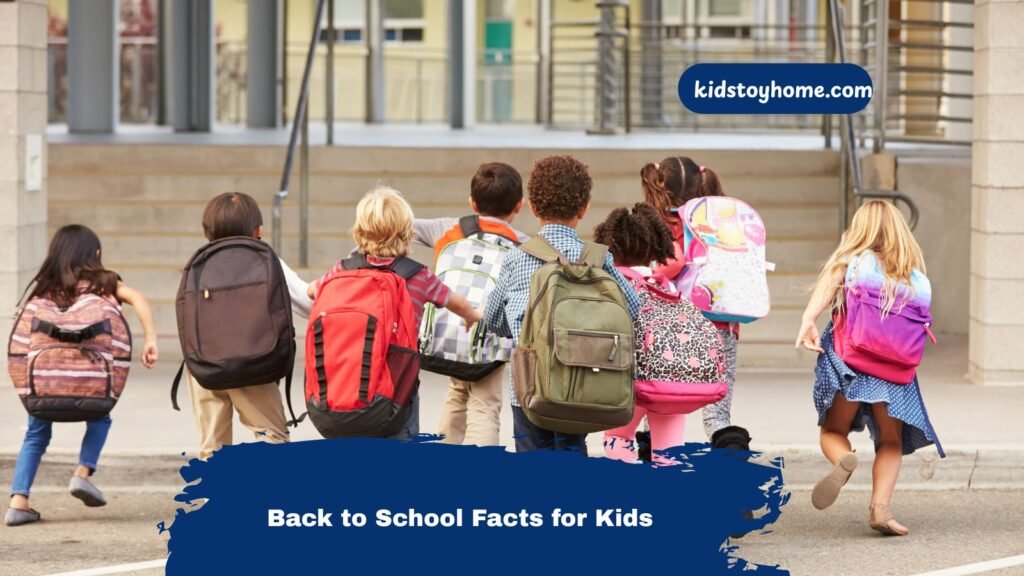
Strange Beginnings and Student Fears
Did you know that in the 1300s, a pencil wasn’t what we use today, it was actually a fine paintbrush made from animal hair? And that sweet tradition of giving apples to teachers came from 16th century Denmark, where parents gave food as payment since educators didn’t earn much money. Meanwhile, 2.4% of children worldwide suffer from Didaskaleinophobia, the fear of going to school. These early quirks show just how much school has changed!
Spending Big and Buying Smart
The average American family spends between $500-$700 on back-to-school shopping each year. That adds up to over 8 billion dollars nationwide! Surprisingly, pencils remain the top-selling back-to-school item. Students are divided into groups: Elementary School is Kindergarten-5th, Middle School or Jr. High covers 6th-8th, and High School includes 9th-12th. Tax-Funded Schools rely mostly on property taxes to fund public schools. Today, over half of parents shop solely online to get their supplies.
From Heavy Backpacks to the Internet Age
On average, a backpack weighs 20% of a student’s body weight—no wonder kids feel tired! In 1995, only 50% of schools in the U.S had internet, but by 2022, 100% of public schools were connected. Despite the tech, most elementary school kids still say recess is their favorite part of the day. Platforms like best online courses and tools like finding the best restaurants near me have become part of school life too.
Big Schools and Big Numbers
Did you know Morton High School has over 8,000 students? Its East Campus alone has more than 6,000, and it’s a co-op high school! In 2008, the average salary for teachers was $50,758, while principals earned around $97,486. With close to 8 million teachers in the U.S., about 7.4 million work in schools, and 2.9 million teach at elementary and middle schools.
Wages and Gymnasiums
School bus drivers earn an hourly wage of around $16.56, while custodians make about $14.16, and cafeteria workers average $11.60. Fun fact—Indiana has 9 of the top ten largest high school gymnasiums in the country!
Language, Lunch, and Life Changes
Every year, more than 78.8 million kids, teens, and adults enroll in school, and 31 million are part of school lunch programs. In California, about 45% of children from kindergarten through 12th grade speak a language other than English at home. Not all memories are cheerful—6% of kids aged 6–11 and 11% of those aged 12–17 have had to repeat at least one grade.
Moving Schools and Loving It
School changes are common—26% of kids aged 6–11 and 42% of those aged 12–17 have had to switch schools, not including the typical shift between levels. Yet, 67% of kids say they actually like school!
A Walk Through American School History
The oldest public school in the U.S. was founded in 1635—Boston’s Latin School. Five signers of the Declaration of Independence, including Benjamin Franklin, John Hancock, Robert Treat Paine, Samuel Adams, and William Hopper, graduated from it. Though Thomas Jefferson supported free public education, it wasn’t until the 1840s that reformers like Horace Mann and Henry Barnard pushed for tax-funded schools. They believed education would create better citizens, unite society, and reduce crime and poverty.
High School and the Great Depression
Before the 1930s, most Americans only completed eight years of school. During the Great Depression, jobs were scarce, so communities decided to keep teenagers in high school to reduce workforce competition with adults.
Conclusion
School has a long and interesting history full of fun facts that show how education has changed. From early pencils to tax-funded public schools, learning has come a long way. Millions of students and teachers work hard every day, with new tools making education better and more fun. While school can be tough, many kids enjoy it and make great memories. Knowing these facts helps us appreciate everyone involved—from teachers to bus drivers—who make school a special place to learn and grow.
FAQs
Where can I find fun back to school facts for kids printable?
You can find fun back to school facts for kids printable sheets on educational websites, teacher resource platforms, and Pinterest. Many sites offer free downloadable and printable PDFs with colorful facts that make learning fun and easy for kids.
Is there a fun back to school facts for kids PDF available to download?
Yes, several websites provide free PDFs of fun back to school facts for kids. These PDFs usually include interesting trivia, history, and facts about school life, perfect for classroom use or at-home learning.
Where can I get fun back to school facts for kids free?
You can get fun back to school facts for kids for free on many educational blogs, school websites, and online learning platforms. These facts are often shared as lists, articles, or printable sheets to help kids get excited about going back to school.
What are 100 facts about school for students?
100 facts about school for students cover a wide range of topics such as school history, famous schools, fun facts about supplies, student life, and educational trivia. These facts help students learn interesting information about their everyday school experience.
What are 5 interesting facts about school?
- The oldest public school in the U.S. was founded in 1635.
- School buses are painted yellow because it attracts more attention.
- The tradition of giving apples to teachers started in Denmark.
- Pencils can write in zero gravity, underwater, and upside down.
- The largest high school in America has over 8,000 students.
Can you share 10 facts about school for students?
Sure! Here are 10 fun facts:
- The average backpack weighs 20% of a student’s body weight.
- Over 78 million students return to school every year in the U.S.
- Didaskaleinophobia is the fear of going to school.
- The Boston Latin School opened in 1635 and is the oldest in the U.S.
- In the 1300s, pencils were fine paintbrushes made from animal hair.
- High school became popular in the 1930s.
- School bus drivers earn around $16.56 per hour.
- More than 14 billion pencils are made yearly worldwide.
- Over 31 million kids are enrolled in school lunch programs in the U.S.
- Many schools now have 100% internet access.
What are some fun facts about school supplies?
Fun facts about school supplies include that Crayola originally made only 8 crayon colors but now offers 120. Pencils can be sharpened 17 times and write 45,000 words. Erasers were added to pencils in 1858 after teachers initially resisted the idea.
What are 3 important facts about school?
- Education helps build better citizens and reduces crime.
- School schedules used to depend on farming seasons in rural areas.
- Most teachers work long hours beyond classroom teaching.
What are the top fun back to school facts for kids?
Top fun facts include that school buses are yellow for safety, crayons were first made in 1903, and Didaskaleinophobia means fear of going to school. Also, the average family spends hundreds on back-to-school shopping every year.
How many facts about school are useful for students?
There are countless useful facts for students that cover history, school life, and learning tips. Lists with 50 to 100 facts are common and help students gain knowledge in an engaging way.
